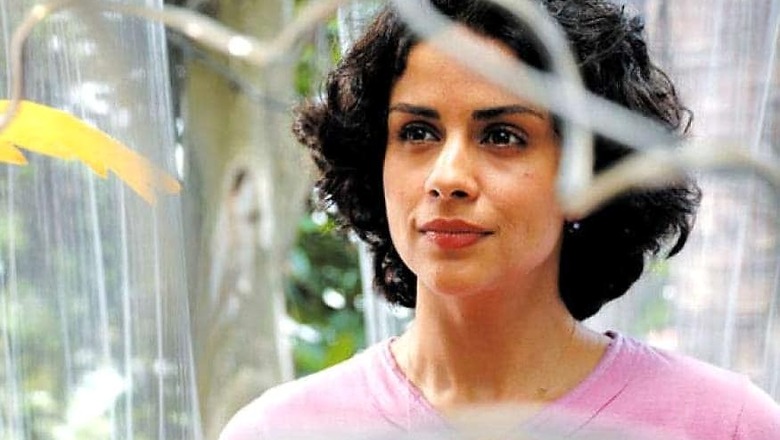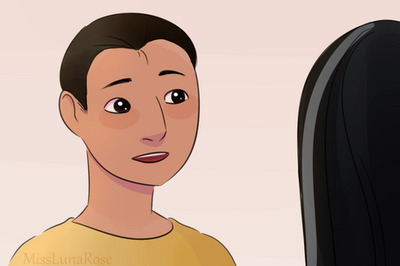
views
We all know that literacy is indeed a tool that not only gives self-confidence and dignity to individuals, but also translates into easy access to both learning and employment opportunities. While India has been able to make some progress in the last 7 decades to achieve universal primary education and literacy, there is a lot that still needs to be done. This includes not just the examination of the outcome of the literacy programmes that have been implemented in India, but also the need for the government and the private sector to collaborate to create a well-read society.
As India joins the rest of the world in celebrating the 51st International Literacy Day today, we ask actress Gul Panag if she is happy with the literacy rate in India, if the loopholes in the education system have become a curse of modern India and more.
For majority of us, the key factor behind India's education crisis is the seven-decade approach towards the sector. Research was never included in our culture and education was invariably associated with teaching. As a result, our approach turned static and bookish and only focused on the number of children that went to school. Agreed, India needs the right to education. But we can't deny the fact that India also needs the right to quality education.
On being asked if the weak education system has become a curse for modern India, Gul says, "If the education system isn’t robust to evolve with times, education will continue to be a challenge in any given framework. Going by the numbers that we have, education and its implementation at a public policy level is very hard. Having said that, I think education is the one and only enabler that you’d have as far as women’s issues are concerned and I feel we require more public-private partnership. Honestly speaking, the government-public education framework is not capable of handling the numbers of people that need to be educated in this country, which is where philanthropy steps in. And that’s how you bridge the gap between what needs to be done and the capacity that is already existing."
As Gul says, she isn't happy with the literacy rate of India. "I don’t think anybody would be happy with India’s literacy rate. As per the data I had access to some time ago, less than 50 % women are educated. I don’t think there is a possibility to say that I’d be satisfied with the literacy rate in India."
Does the common phrase 'Ladki Haath Se Nikal Jaegi' which still subverts our understanding of why a girl shouldn't be educated reeks of Indian patriarchy? "Of course. India is deeply patriarchal and the fact that we have a negative sex ratio is proof of the fact that we have not been allowing young girls to be born. Having said that there are powerful agents of change who are doing their very best to change the way things are done, change the status quo and change the law and order of business. These are lonely voices, but they are getting amplified. In my opinions, the first generation is the catalyst. It begins to bring about change and that change begets a force multiplier effect by the second and third generation and hopefully we achieve the results – it is a long battle."


















Comments
0 comment